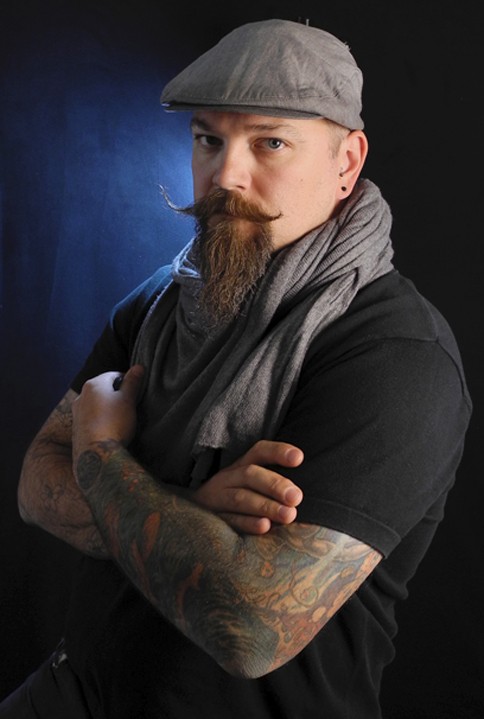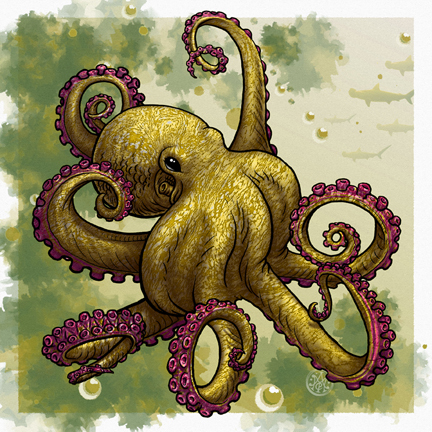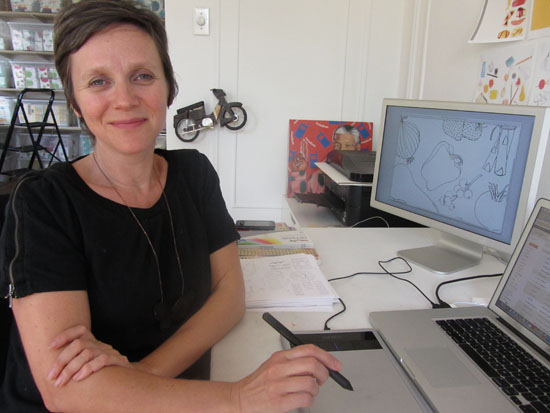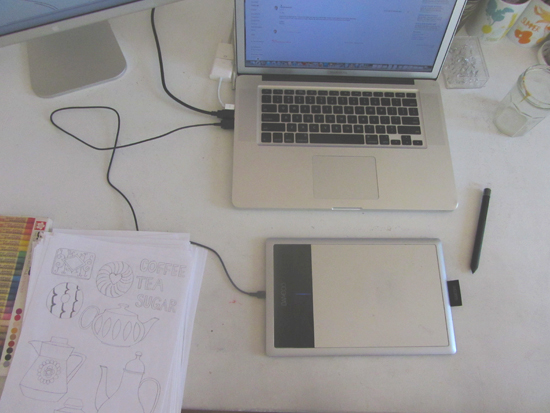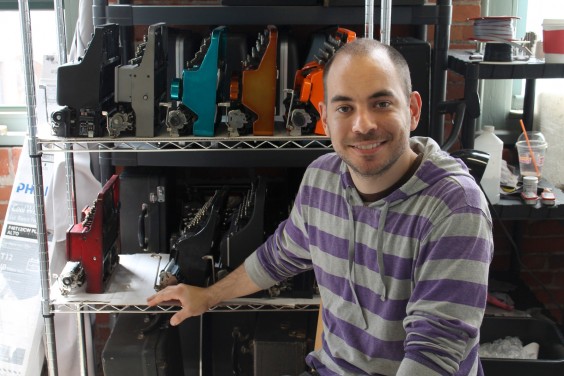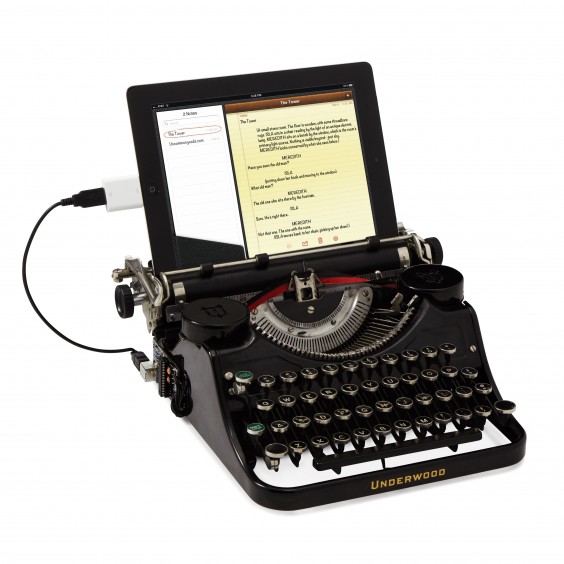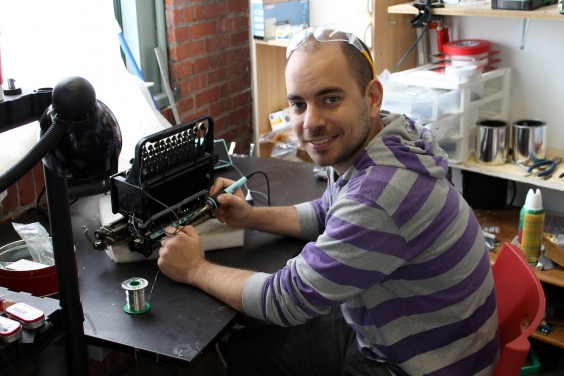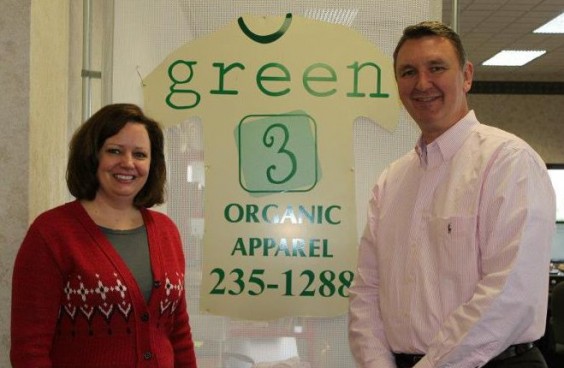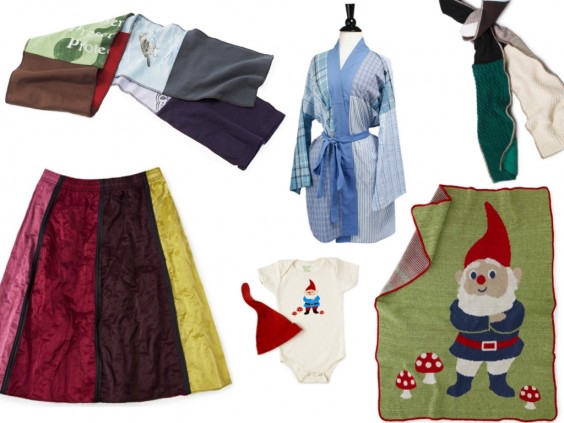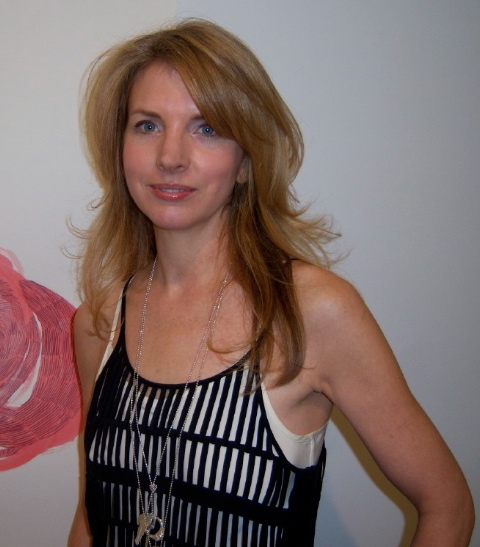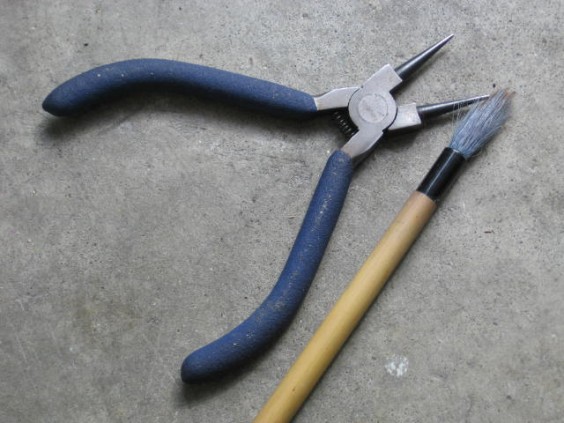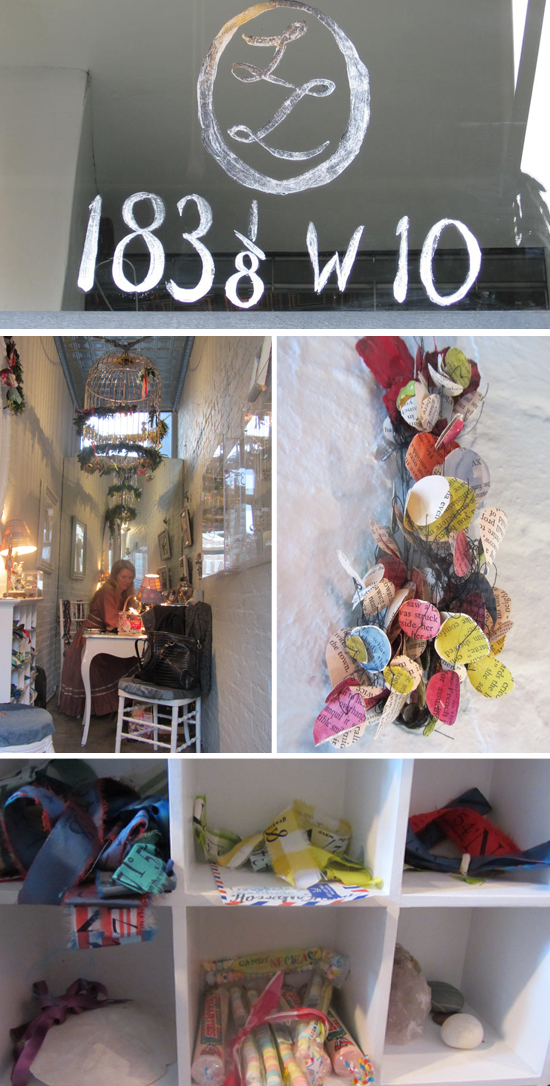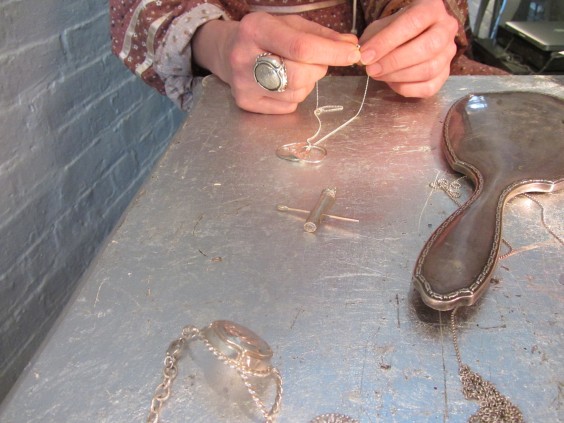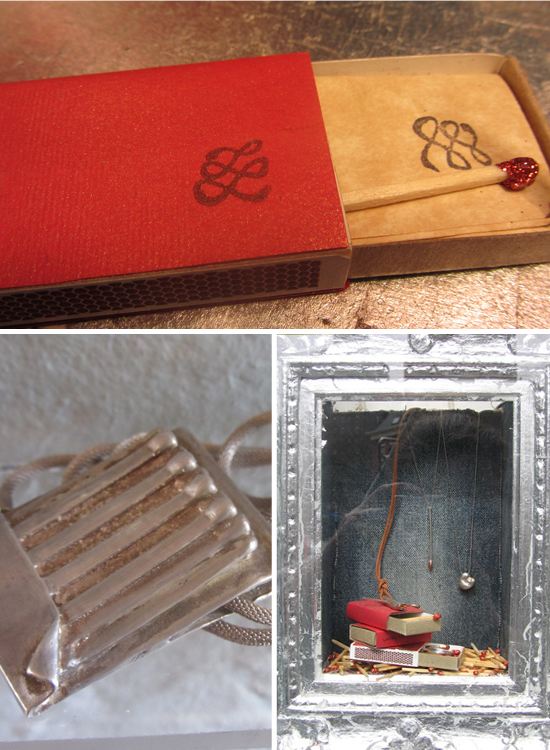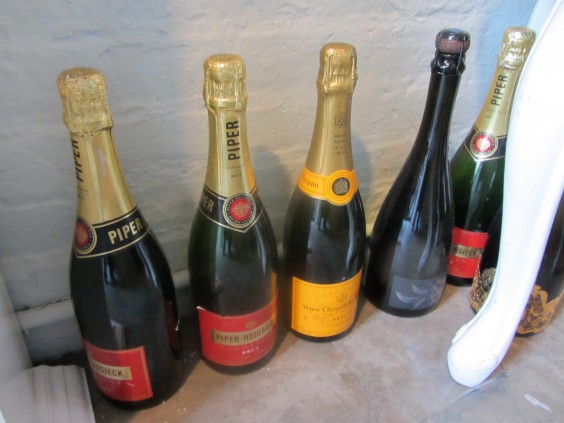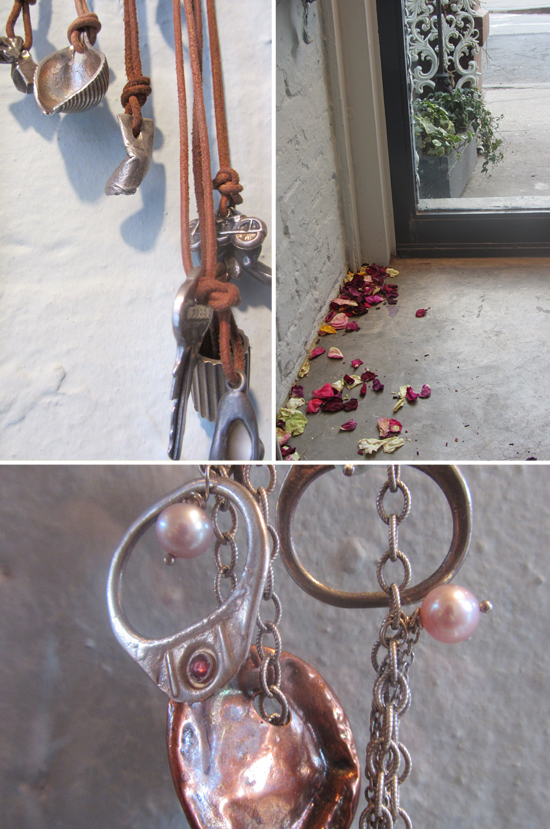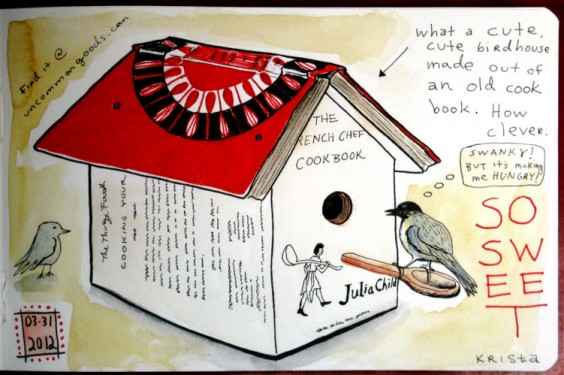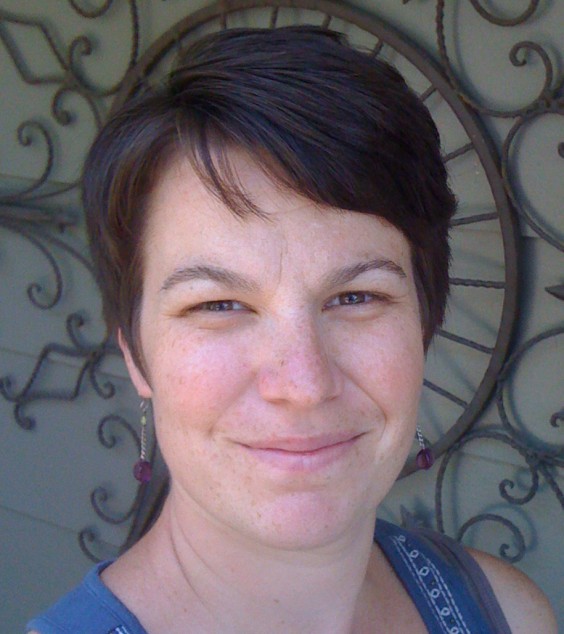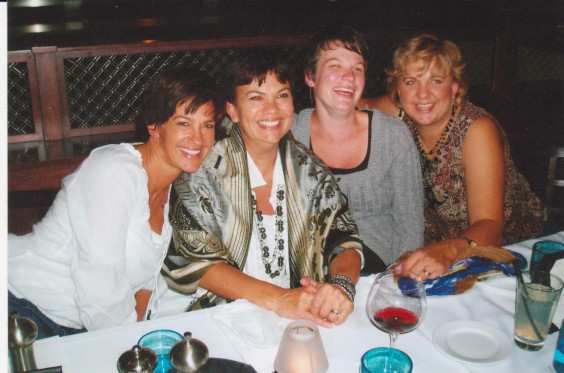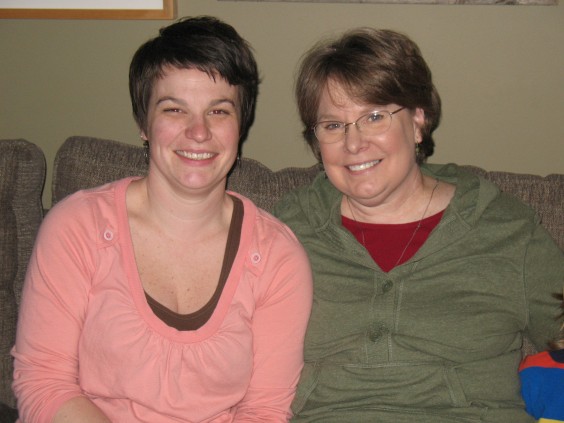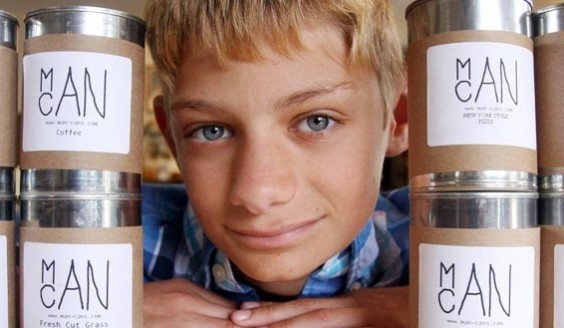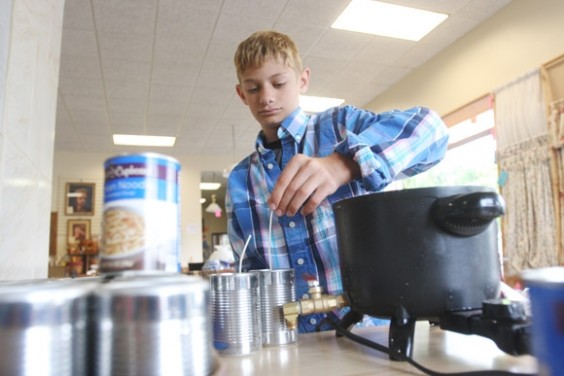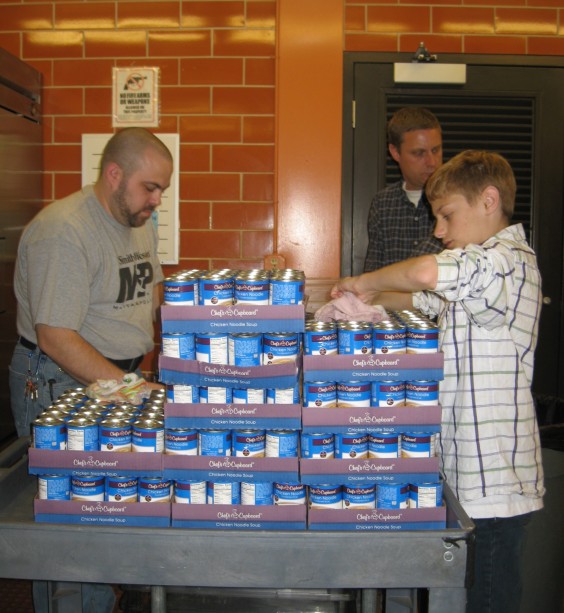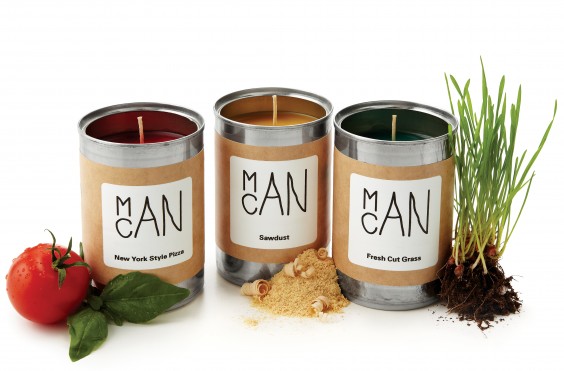With every new design challenge comes the chance to step into the minds and lives of some of America’s budding designers. The Wall Art challenge brought in over 100 entries and an opportunity for artists to tell a personal story through the paintings, sketches and digital graphics they have created.
Our judges worked through art with sentimental stories, unusual mediums and contemporary themes. They decided on some pieces that they could see hanging in the homes of many Americans yet others they loved for their niche attraction. But the piece that stole their heart was one about the uncertainty in change and straddled a fine line between hopeful and ominous.
The more we learn about Wall Art Challenge winner Matthew Amey of Maryland, the more we love End of Innocence: Jump Off and can’t wait to share its story with customers. Matthew heard about our design challenge from his wife who encourages him to share his work with others in new and exciting ways and will soon be able to say that his work is on the walls of homes across the country. Meet Matthew, our Wall Art Design Challenge winner and the newest addition to the Uncommon Artists family.
When and how did you discover art?
As a young child I took art classes during summer camp and was thrilled with the freedom that was afforded us to create whatever we wanted. My older brother was much more astute at drawing than I was so, as a challenge to myself, I set out to be a better artist than him. I believe I was 7.
What are your favorite things to design/illustrate?
My interests are many and diverse. I’ve spent the last four years studying fine art at the University of Delaware where I’ve been exposed to a plethora of techniques, materials and insight into the concept of a fine art profession.
Recently I have been enamored with cephalopods; octopuses especially but I’ve been researching and becoming more interested in cuttlefish and squid.
How do you keep yourself inspired?
I am constantly thinking of what to do next. Dwelling on past achievements, while ingratiating, can be burdensome. The process of making art, the actual moving of paint around on canvas, pushing a pencil across paper, or drawing with a stylus on a drawing tablet to create digital works, is what drives me to create more. While I enjoy the finished pieces and I’m excited to see how others react to my work, I am more enamored with the actual creation of the work. I started out as a doodler and dabbler but that has turned into a profession that is quite fulfilling.
How else do you express your art?
I have been a professional tattoo artist since 1991 and much of my work is informed from that experience. Tattoos are a very personal expression for my clients. I have built a reputation for creating high quality work in the skin and my clients know that my work excels when they give me artistic freedom to work within their design parameters.
As a tattoo artist it is very apparent that my job is to help my client express their ideas on their body. Often it is an opportunity for me to explore many different ideas, compositions and concepts that I wouldn’t normally investigate.
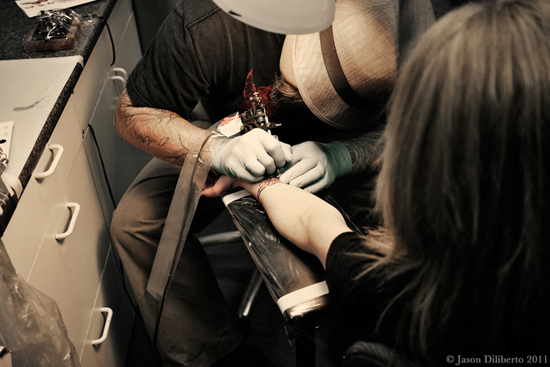
What attracted you to want to take part in this challenge?
My wife knew that I was searching for outlets to show my non-tattoo related artwork and she turned me on to this contest. I happened to have these illustrations that are part of a series that I recently created.
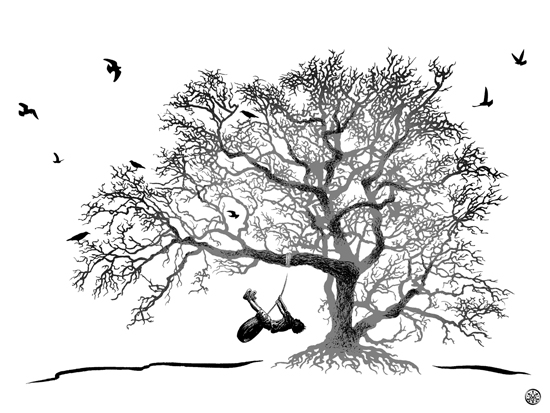
What was the inspiration behind End of Innocence?
In 2008 I returned to college after a 20 year hiatus. While studying fine art at the University of Delaware it became apparent that I was surrounded by young, soon-to-be adults who were going through some major emotional and physical changes. One day a tattoo client of mine requested an image of his daughter on a rope swing under the silhouette of a tree. After doing the tattoo on him I started to think about the image and how it had the potential to tell a more compelling story. I started putting together images of different trees with children on rope swings and ended up with a series of 5 disparate images.
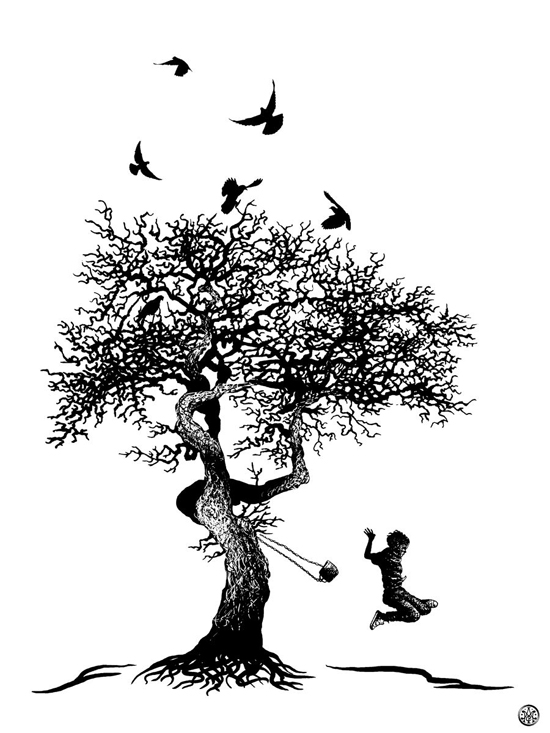
Each image has a tree, a child either on the swing or jumping off, and varying types of birds either in flight or perched on a branch. The tree represents stability, safety, comfort, excitement and all the positive attributes of a loving family. The child is enjoying the ride and seems oblivious to what lies just outside of the trees reach, the future. The birds represent the varying societal norms that the child could eventually grow into.
Any advice for someone interesting in taking part in a future challenge?
Take a chance. You’ll never know how your work will affect others until you put it in front of them.
All photos courtesy of Matthew Amey.

